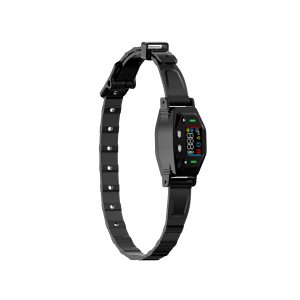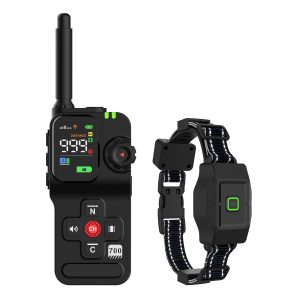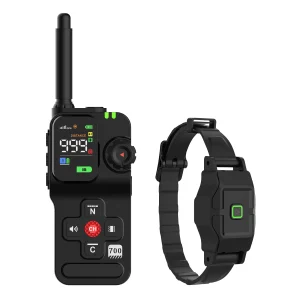Bark Control Collar Manual: A Comprehensive Guide to Managing Your Dog’s Barking
Dogs bark to communicate, but excessive barking can be disruptive. A bark control collar can be a useful tool in training your dog to bark less. Here’s everything you need to know about using a bark control collar effectively:
Understanding Bark Control Collars: Bark control collars come in different types, such as citronella spray collars, vibration collars, and shock collars. Each type works differently, so choose one that suits your dog’s sensitivity.
Introduction to Bark Control Collars: Before using a bark control collar, introduce it to your dog gradually. Let your dog get used to the collar by wearing it for short periods without activating it.
Training with the Collar: Use positive reinforcement along with the collar. Reward your dog when they remain quiet. This helps your dog associate silence with a reward.
Setting the Correct Sensitivity: Ensure the collar is set at the right sensitivity level. A collar set too high may cause unnecessary discomfort, while a setting too low may not be effective.
Consistency is Key: Consistent training is essential for success. Use the collar whenever your dog barks excessively to reinforce the desired behavior.
Monitor Your Dog’s Progress: Keep track of your dog’s barking behavior with the collar. Adjust the settings if needed and continue training as required.
Positive Reinforcement: Remember to praise and reward your dog for quiet behavior, even when not wearing the collar. Positive reinforcement goes a long way in maintaining good behavior.
Seek Professional Help: If you’re unsure about using a bark control collar, consult a professional dog trainer. They can provide guidance on using the collar effectively.
Conclusion: With patience, consistency, and the right approach, a bark control collar can be a valuable tool in managing your dog’s barking behavior.




